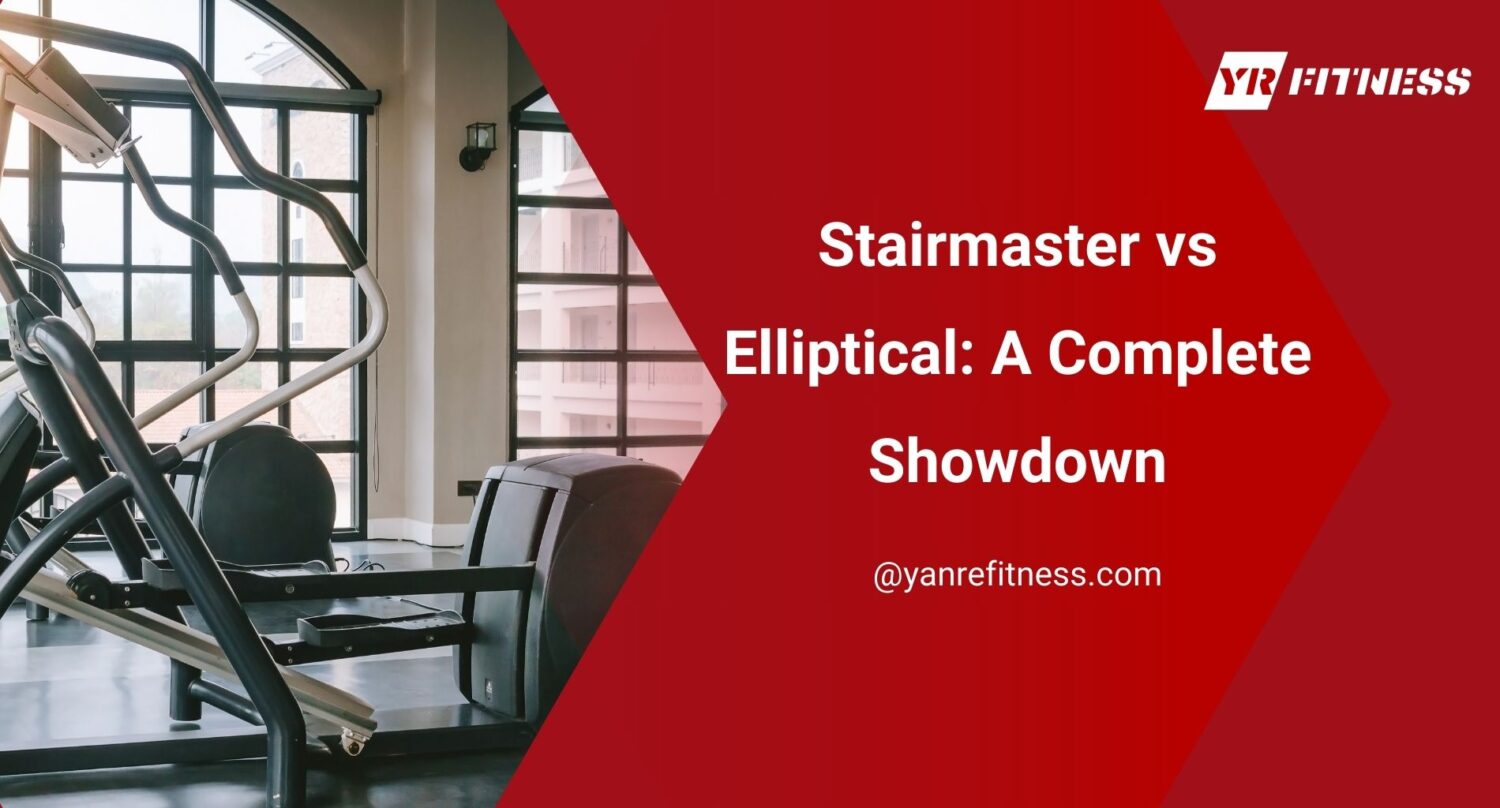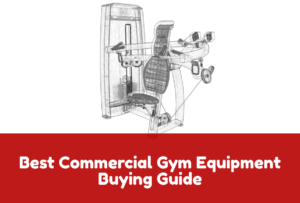One of my longtime members once said, “I feel like the elliptical doesn’t do anything unlike stairmaster.”
That stuck with me.
It pushed me to start paying closer attention. Over the years, I’ve watched how people actually use these machines. Some love the burn of the Stairmaster. Others prefer the smooth motion of the elliptical.
Now I understand what keeps people coming back—and what makes them stop.
This article will help you compare both. We’ll look at results, comfort, wear over time, and what fits best in your space.
If you’re unsure which one to go with, this guide will help you decide—based on real experience, not guesswork. By the end, you’ll know which machine fits your gym better, and why.
Let’s get started!
Table of Contents
1. What is Stairmaster?
The Stairmaster looks simple, but it doesn’t go easy on you. It copies the motion of real stair climbing using a rotating staircase. Every step feels earned.
It’s one of the hardest-working machines I’ve used on the floor—and one of the most requested when someone wants a real challenge, just like rowing machines in full-body cardio routines.
Function and Mechanics
The Stairmaster is a cardio machine that simulates stair climbing. It has a set of rotating steps that move like an escalator.
It can adjust:
- Speed: How fast the steps rotate
- Resistance: How hard each step feels
The effort is noticeable. After a few minutes, the lower body feels it—especially the:
- Glutes
- Hamstrings
- Calves
The steady movement also raises heart rate quickly, supporting both aerobic conditioning and fat-burning.
Use Cases in Commercial Gyms
Stairmasters are popular in:
- High-intensity interval training (HIIT)
- Weight loss programs
- Leg day warmups
- Lower-body sculpting sessions
In many gyms, they’re placed near free weights or in premium cardio zones—areas where serious effort is expected.
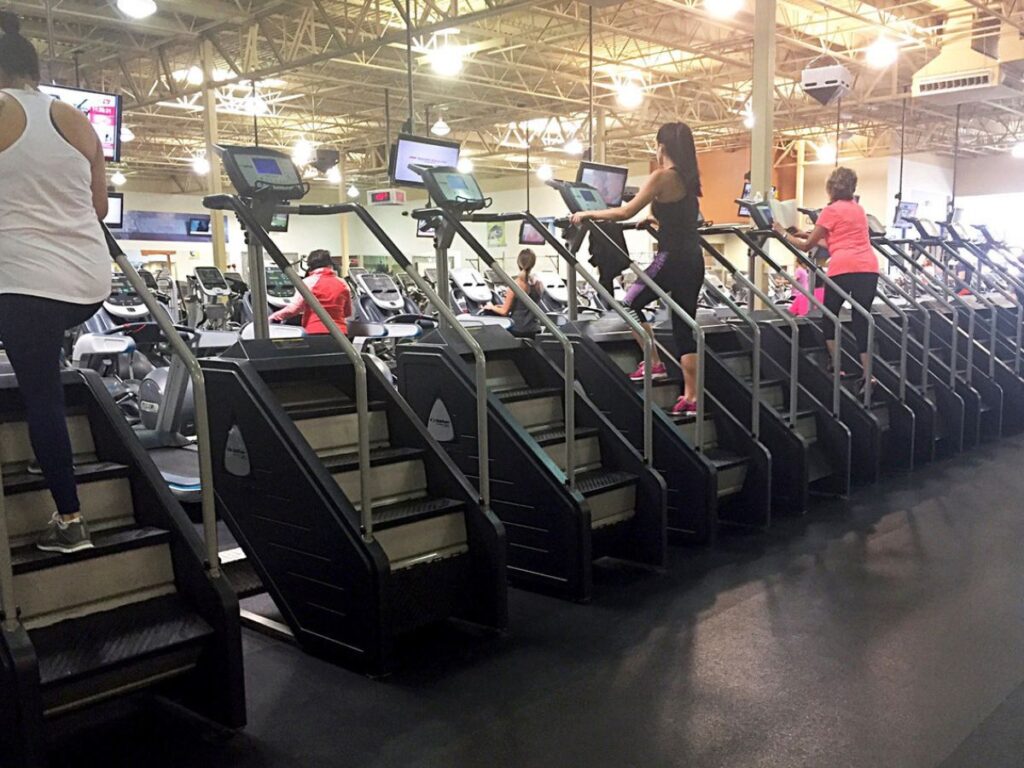
2. What is Elliptical?
There was a time I didn’t think much of the elliptical. No burn. No real sweat. It felt too easy—until a knee strain forced a second look.
That changed everything.
Function and Mechanics
The elliptical is a low-impact cardio machine. It mimics walking, running, and stair climbing—without pounding joints, much like recumbent bikes, which are ideal for joint-friendly cardio.
It uses foot pedals and moving handlebars.The arms and legs move in sync, in a smooth, oval-shaped motion.
That’s why it’s called an “elliptical.”
It can adjust:
- Incline: Changes the stride path
- Resistance: Adds challenge to the movement
- Speed: Lets go fast or slow, based on goal
It targets multiple areas at once:
- Quads
- Hamstrings
- Glutes
- Chest, shoulders, and arms (if you use the handles)
And because it’s low-impact, knees and ankles get a break.
Use Cases in Commercial Gyms
Ellipticals are a favorite in:
- General cardio zones
- Recovery areas
- Long-distance endurance workouts
- Warmups for strength training
They’re also useful for your client beginners or older members who want a steady, safe workout.
3. Smart Tech and Features
When choosing cardio machines for a gym, always check the tech first.
Screens, programs, sensors—they all matter. Good features can make a workout more fun and keep members coming back.
Stairmaster Technology
- Heart Rate Sensors: These are built right into the handrails. I like how members can check their effort instantly, without needing a chest strap or phone.
- Preset Stair-Based Programs: These include workouts like fat burn, intervals, or hill climbs. Members can follow a plan without guessing.
- Touchscreen Consoles: Many models have large, easy-to-use screens. Some include progress charts, workout summaries, and entertainment options.
- Digital Step Counters: This shows users how many steps they’ve climbed in real time. It adds motivation and helps track progress.
Elliptical Technology
- Adjustable Stride Length: This feature allows users to change how far their legs move with each step. Great for accommodating different heights and comfort levels.
- Multi-Grip Handlebars with Pulse Sensors: The handlebars offer several grip positions. Built-in sensors check heart rate without needing a chest strap.
- Interactive Consoles with Bluetooth: These let users connect music, track workouts, or follow virtual coaching. Some even sync with fitness apps or smartwatches.
So, what tech do your members care about?
Simple stats? Or smart coaching?
Picking the right features helps boost member experience—and machine value.
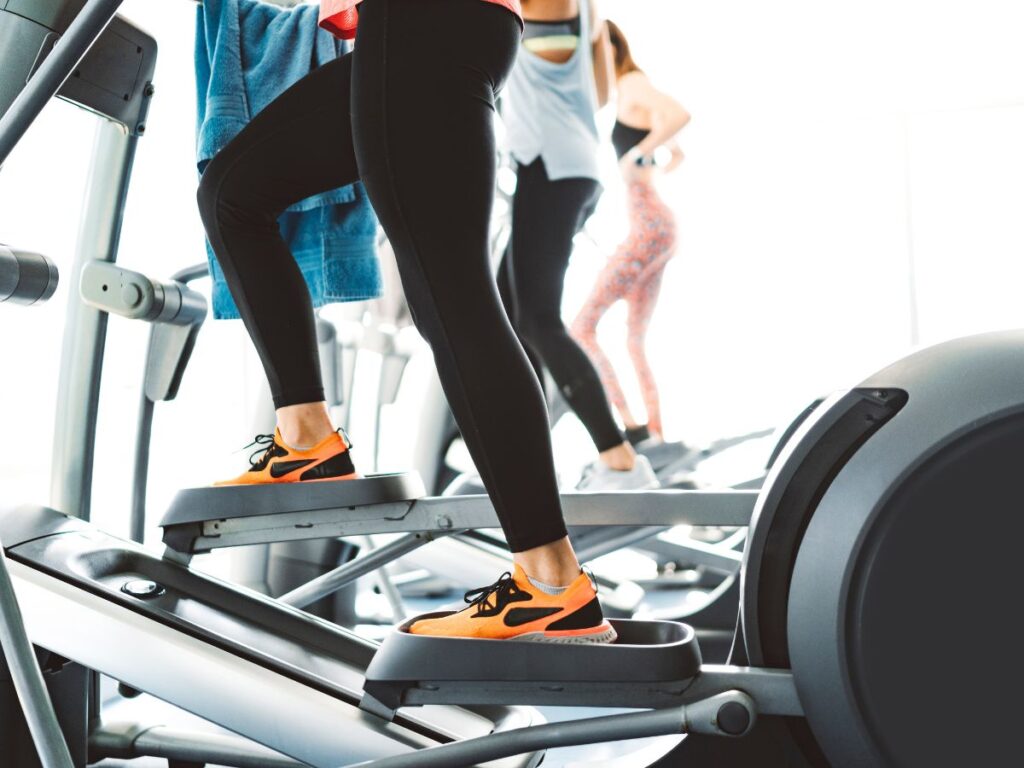
4. Programming and Versatility
I’ve been invited to train clients in a lot of different gyms. Some big-box. Some boutique. Some just opening their doors. And every time, I ask: How versatile is this machine? Because members don’t all move the same—or train the same.
Class and PT Integration
- Stairmaster: I’ve used this in small-group HIIT classes and glute-focused circuits. It’s great for clients who want quick, powerful cardio bursts. You feel the intensity right away.
- Elliptical: This one’s my go-to for warm-ups and cooldowns. It works well for steady cardio too—especially for clients recovering from injuries or easing into fitness.
Preset Workouts and Member Engagement
Both machines offer built-in programs, but the variety can make a difference.
- Stairmasters usually have 8 to 15 options—calorie burn, intervals, or timed climbs.
- Ellipticals often come loaded with 15+ programs: endurance, heart rate zones, fat burn, and more.
That variety helps members stay interested. Especially those who prefer self-guided workouts.
Suitability for Group or Solo Use
- Stairmaster: Trainers love it in guided sessions, but solo users sometimes avoid it. It’s intense and not always beginner-friendly.
- Elliptical: Super simple. Members can just hop on and start moving. Great for all levels.
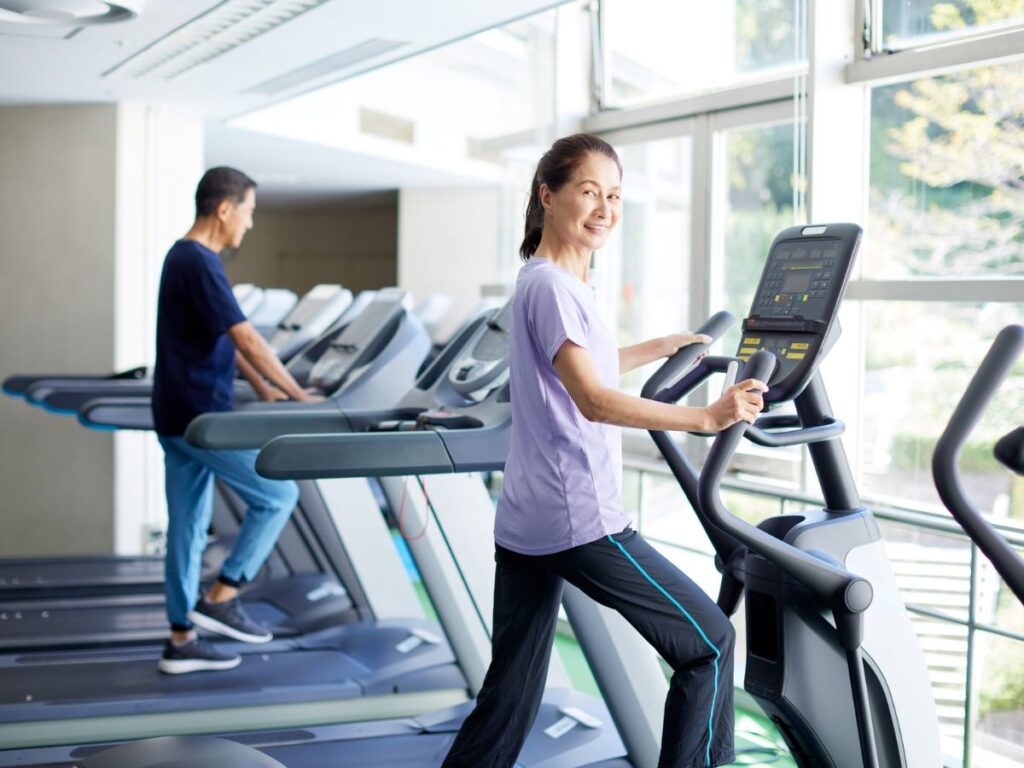
5. Maintenance and Durability
I’ve tested machines that ran smooth for years—and others that broke after three weeks.
Maintenance doesn’t just affect cost.
It affects member experience. Nothing turns people off faster than a squeaky machine or a broken screen.
Wear-and-Tear Components
Let’s talk about what breaks first.
- Stairmaster: The steps take a beating. The internal drive system also wears down over time, especially in high-use gyms. I’ve seen units with step lag after a year of heavy traffic.
- Elliptical: The flywheel is key. It powers the motion. Over time, the pedal tracks can wear down, and resistance motors might start slipping.
Frequency of Service
In most gyms I visit, staff call for repairs on Stairmasters more often.
- Ellipticals usually go longer between fixes.
- Stairmasters need more upkeep, especially with high daily use.
Some techs say Stairmasters need checkups every 3–6 months.
Ellipticals? Closer to once a year if cleaned regularly.
Common Failures to Watch
Here’s what I’ve noticed most:
Common Failures to Watch
- Loose or Squeaky Joints: This usually happens when bolts or bearings start to wear. It makes the machine feel unstable and noisy.
- Belt Slipping: This is common on older Stairmasters. The steps may skip or lag, especially under heavier loads.
- Unresponsive Screens: Touchscreens sometimes freeze or stop tracking data. This frustrates users and often requires tech support.
Thinking long-term?
Ask your supplier what parts wear out first—and how easy they are to replace. At YR Fitness, over 95% of clients choose to work with us after trying our equipment firsthand—no frequent replacement. You’re always welcome to visit our factory in China before your first order.
It could save you a lot down the line.
6. Space and Layout Requirements
After moving equipment more times than I can count, one thing’s clear—buying a great machine is just step one. The real question always comes next: Where is it going to fit?
That moment has come up in new builds, remodels, and even midweek rearrangements. Space planning isn’t just about dimensions on paper. It’s about how members move, how machines flow together, and whether ceiling height is even going to allow installation.
Footprint and Ceiling Height
- Stairmaster: These machines stand tall. I’ve seen them scrape drop ceilings in older gyms. You’ll want at least 9–10 feet of clearance for taller users.
- Elliptical: These take up more floor space, but they’re lower to the ground. Most fit under standard ceilings with no problem.
If you’re working with a small studio or basement-level space, ceiling height could be a dealbreaker.
Noise and Placement Considerations
Stairmasters make more noise—mostly from the steps and internal motor.
It’s not loud, but in a quiet space, it stands out.
- Ellipticals are quieter.
- Neither machine is whisper silent, but ellipticals blend better in group or shared zones.
Some older buildings may need reinforced flooring, especially under Stairmasters.
Placement Strategy
These machines work best when placed with intention:
- Stairmaster: Put near the front or cardio zone—it draws attention.
- Elliptical: Easy to group in rows. It’s flexible, fits almost anywhere.
Want people to use a machine? Make it easy to find. Make it easy to reach.
Good layout gets you better return on floor space.
7. Cost Comparison and ROI
Price is always a factor, but it’s only part of the equation. Initial cost, ongoing expenses, and how often the machine gets used all play a role in long-term value.
For gym owners, understanding the total return on investment helps avoid surprises—and guides smarter buying decisions.
Initial Investment
Choosing between a Stairmaster and an elliptical isn’t just about performance—it also comes down to cost and setup. Here’s a quick look at what you can expect in terms of initial investment and installation.
Category | Stairmaster | Elliptical |
Initial Investment | $3,500–$7,000 depending on model and features | $2,500–$5,000 for high-quality commercial versions |
Setup & Delivery | Add a few hundred dollars for shipping and installation, especially in spaces needing extra prep (e.g. floor protection) | Similar setup costs may apply depending on space and installation needs |
Electricity Usage and Ongoing Costs
Stairmasters generally use more electricity than ellipticals. That’s because their motors and step systems are constantly active during use.
In contrast, ellipticals tend to be more energy-efficient and quieter to run. Over time, this can lead to slightly lower utility bills—especially in busy gyms where machines run all day.
Return on Investment (ROI)
Stairmasters tend to get short, intense use from motivated members, while ellipticals see longer, more consistent sessions across all fitness levels.
In my observation, ellipticals are more likely to stay occupied throughout the day. That means higher daily engagement, especially from new or older members. But Stairmasters can create a premium feel—useful for exclusive zones or advanced training programs.
Both machines can improve member satisfaction and retention, depending on how you position them. Also, I suggest buying from a reliable supplier like YR Fitness. Our machines are durable, low-maintenance, and backed by solid support—great for long-term value.
8. Which One Should You Choose Between Stairmaster and Elliptical
There’s no universal “best” machine. Each one brings different strengths to your gym floor. The right choice depends on your members, space, and how your facility operates day-to-day.
Here are 3 practical tips to help guide your decision:
Ti#1 Match the Machine to Your Member Base
Think about who walks through your doors every day. Stairmasters are a favorite among younger members and those focused on performance, weight loss, or high-intensity training. They offer tough, efficient workouts but can intimidate beginners.
But in spaces with more casual users or older adults, the elliptical stays busy all day. It’s easier on the joints and friendlier for beginners. When I train someone new or coming back from injury, the elliptical is usually our first stop.
Tip #2 Think About Space and Ceiling Height
A Stairmaster’s vertical design means it takes up less floor space—but it needs more overhead room. In older buildings or compact studios with lower ceilings, this can be a serious issue.
Ellipticals stretch out more horizontally but fit under standard ceilings without any concern. If your space is limited or ceiling height is under 9 feet, ellipticals are a safer choice.
Tip#3 Consider Maintenance and Usage Patterns
Maintenance can hit your budget hard if you’re not prepared. Stairmasters have more moving parts under pressure—especially the step mechanism and internal drive. They may require servicing more often, particularly in high-traffic gyms.
Ellipticals are quieter, simpler, and tend to hold up longer with basic care. They also attract more consistent day-to-day usage, especially from new and intermediate members who use them as a go-to cardio option.
Conclusion
That single comment opened my eyes and changed how I equip every gym I manage.
The article walked you through the key differences between stairmaster and elliptical. You now know how each machine performs, who uses it, what it costs to maintain, and how it supports your programs.
The next step? Put this insight to work in your space.
Contact YR Fitness today to invest in durable gym machines that keep your operations smooth!
Related articles:
